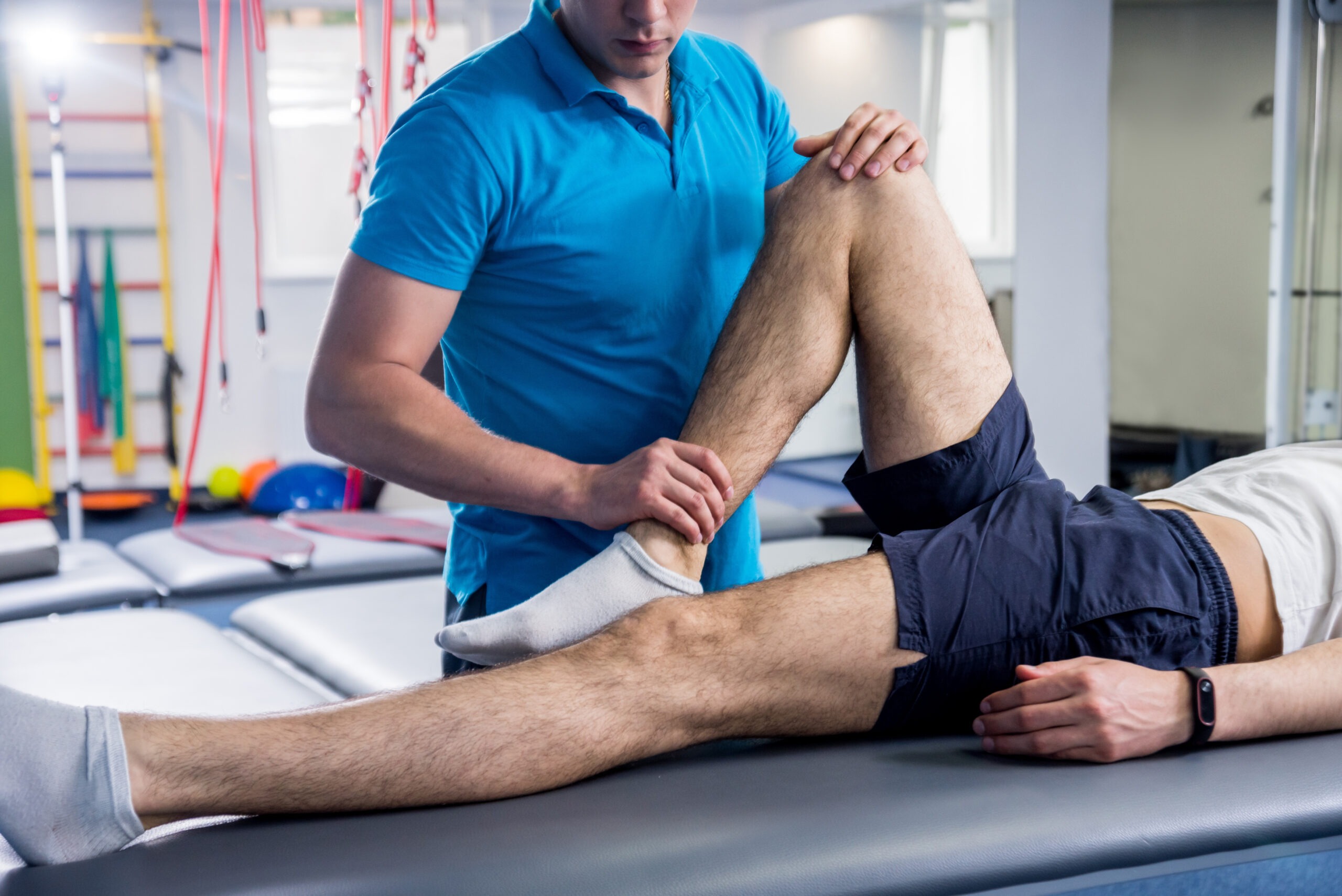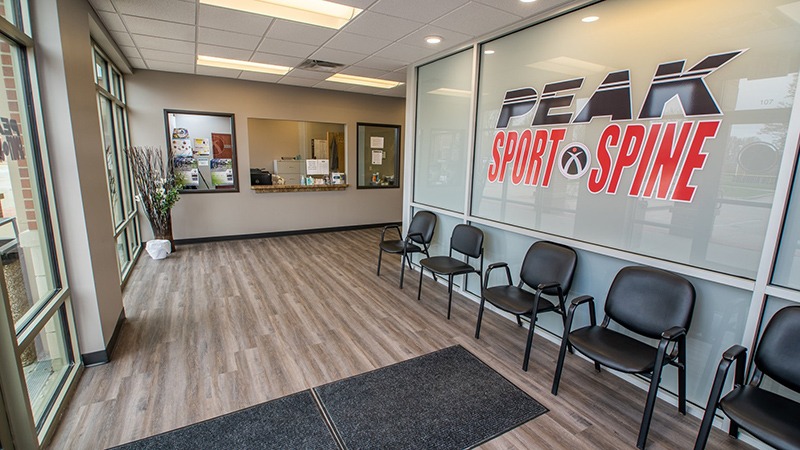Physical therapy can play a crucial role in the journey toward recovery from injuries or surgeries. Your physical therapy treatment plan will include exercises, stretches, and treatments designed to restore movement, strength, and functionality. However, an often-overlooked aspect of this healing process is the importance of what to wear to physical therapy. The right attire can impact your comfort, accessibility, and movement during your session.
Why What You Wear to Physical Therapy Matters
The clothing you choose for your physical therapy appointment is more than just a matter of personal style; it’s a functional tool that can facilitate a thorough evaluation and treatment. For instance, if you’re receiving therapy for a hamstring injury, wearing shorts allows your therapist direct access to the area, ensuring more effective treatment. The right attire enhances comfort and enables effective movement during exercises, which is crucial for a successful rehabilitation process.
What to Wear to Physical Therapy
Upper Body Injuries (Neck, Shoulders, Arms, Back)
When dealing with upper body injuries, visibility and access to the affected area are key. Loose-fitting t-shirts or tank tops are ideal as they provide therapists with the necessary access to your neck, shoulders, arms, or back. For women, wearing a sports bra can be beneficial in providing support. It’s important to avoid tight shirts or clothing that restricts movement, as this can hinder the therapist’s ability to properly assess and treat the injury.
Lower Body Injuries (Hips, Legs, Knees)
For lower body injuries, such as those affecting the hips, legs, or knees, wearing shorts is often recommended. Shorts provide easy access to the injured area, which is essential for effective treatment. Tight-fitting pants or leggings, while fashionable, can limit movement and access, making them less ideal for physical therapy sessions involving the hips, legs or knees.
Feet and Ankle Injuries
In cases of feet and ankle injuries, the focus shifts to footwear. Wearing socks and supportive sneakers is crucial as they provide the necessary support and stability during therapy sessions. It’s important to avoid open-toed sandals, high heels, or casual footwear, as these can compromise your safety and the effectiveness of your therapy.
Bring Any Braces or Splints
Bring any braces, splints, or similar equipment that you are planning to use to your appointments. This will help your physical therapist incorporate these items into your therapy and help you understand the best way to use them or answer any questions you may have about them.
What Not to Wear to Physical Therapy
Just as some clothing can aid in your therapy, others can hinder it. Restrictive clothing like jeans or dresses should be avoided as they can limit movement and access to the injured area. Similarly, unsupportive footwear such as flip-flops, slip-ons, or dress shoes can make certain exercises difficult to perform and could make you feel unstable. Jewelry and accessories like necklaces or bracelets should also be taken off as they can interfere with therapy equipment and exercises. You may also want to skip applying lotion before appointments, as it can reduce the traction needed for certain treatments.
Special Considerations for Other Therapies
If your therapy includes treatments like heat, cold, dry needling, or electrical stimulation, wear clothing that allows for easy access to the areas to be treated. Layering clothes can be a practical approach, allowing for easy adjustment to accommodate different types of therapies. Maintaining cleanliness and hygiene shouldn’t be overlooked, especially if you’re coming directly from work or other activities. This not only respects the therapy environment but also ensures your comfort and safety during the session.
Physical Therapy at PEAK Sport and Spine
As a general rule of thumb, choose attire that allows for comfort, movement, and accessibility to the injured area. If you’re unsure about what to wear to physical therapy, consult with your therapist for specific recommendations based on your individual needs. And for those seeking expert physical therapy services, consider PEAK Sport and Spine, where your recovery and comfort are our top priorities. Find answers to other frequently asked questions on our patient resources page.

